Great American investments: National park projects accelerate with funding
Brett French
Feb 4, 2024
Yellowstone National Park has bustled with construction activity in recent years, and not just because the record-breaking flood of 2022 wiped out roads, bridges, buildings and other infrastructure.
The Great American Outdoors Act, passed by Congress in a bipartisan vote in 2020, is funneling millions of dollars into deferred maintenance at Yellowstone and other national parks, in addition to funding projects on Forest Service, Bureau of Land Management and U.S. Fish and Wildlife Service trails and facilities.
“It’s been critical in giving us a substantial infusion of resources to invest in infrastructure that wasn’t in great shape,” said Cam Sholly, superintendent of Yellowstone National Park.
In Montana, more than 100 other federal land projects will improve rental cabins, trails, campsites and roads. So far, about $112.7 million has been earmarked. Wyoming is receiving $363.6 million for similar projects.
“The Great American Outdoors Act is proving a huge success for Montana and at parks and other public lands throughout the country in nearly every state in the union,” said John Garder, senior director for budget and appropriations at the National Parks Conservation Association.
“The Park Service alone has already obligated nearly $5 billion dollars to improve more than 2,200 assets,” he added. “In Montana, that means significant repairs to utilities and roads at Glacier National Park, not to mention a number of important projects to repair roads and facilities at Yellowstone and even down south into Grand Teton.”
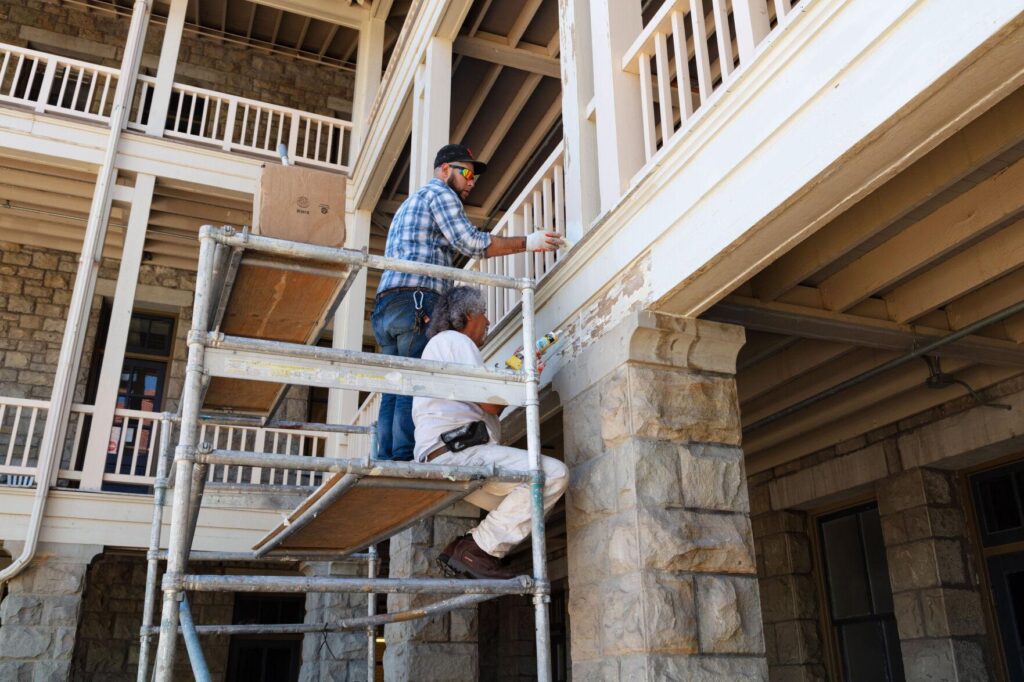
Jacob W. Frank, NPS
Legacy Properties
When the Great American Outdoors Act was passed, legislation created the National Parks and Public Land Legacy Restoration Fund that provides up to $1.3 billion a year for five years just for national parks. The funding runs through 2025 with the National Park Service getting 75% of the total GAOA funding.
The Department of Interior, which oversees national parks, called the income collected from energy development revenues the “largest investment in public lands infrastructure in the nation’s history.” Prior to the funding, many large projects were out of reach, the agency noted.
“A lot of our infrastructure was built in the ’80s when there were only 1 million visitors,” Sholly said of Yellowstone.
From 2018 to 2022 visitation to Yellowstone averaged more than 4 million a year.
There are several other sources of income for parks, including the Bipartisan Infrastructure Law, Line Item Construction funds, Federal Lands Transportation Program, entrance fees and Facility Operations & Maintenance Funding through annual discretionary appropriations. But none of these have the one-time impact provided by the Great American Outdoors Act.
At the end of fiscal year 2022, Yellowstone had an estimated $1 billion in deferred maintenance and repairs. The park also has annual routine maintenance that costs an estimated $48 million.
Project List
Some of the projects the act is funding in Yellowstone include $50.2 million to rebuild 22 miles of the Grand Loop Road between Old Faithful and West Thumb and $52.6 million to replace the wastewater treatment plants at Canyon and Grant Village.
Separate from the Great American Outdoors Act, in 2021 Yellowstone National Park reported the completion of $80 million in infrastructure repairs, including $40 million to improve the Pelican Creek Bridge and $30 million on road repairs between Norris and the park’s Golden Gate, just outside Mammoth Hot Springs.
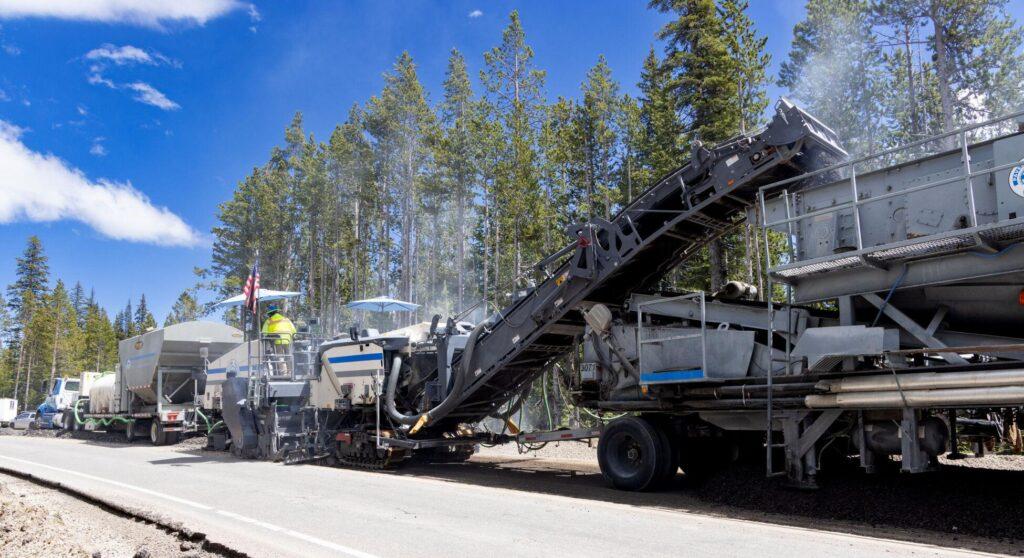
Jacob W. Frank, NPS
As those projects were concluding, the park was investing $28 million in roadwork between Tower and Mount Washburn, as well as a $12 million restoration of the gate facilities at the North Entrance near Gardiner.
Now in the pipeline are additional expensive investments, including $28 million to finish rebuilding the Lewis River Bridge near the South Entrance and $22.3 million to upgrade old structures that were part of the U.S. Army’s Fort Yellowstone facilities.
In Glacier National Park, $17.1 million is being invested in rehabilitating nine miles of the Going-to-the-Sun Road and to replace a bridge over McDonald Creek.
The Park Service estimated the Great American Outdoors Act investments are supporting $3.9 billion in labor income and $12.3 billion in economic output.
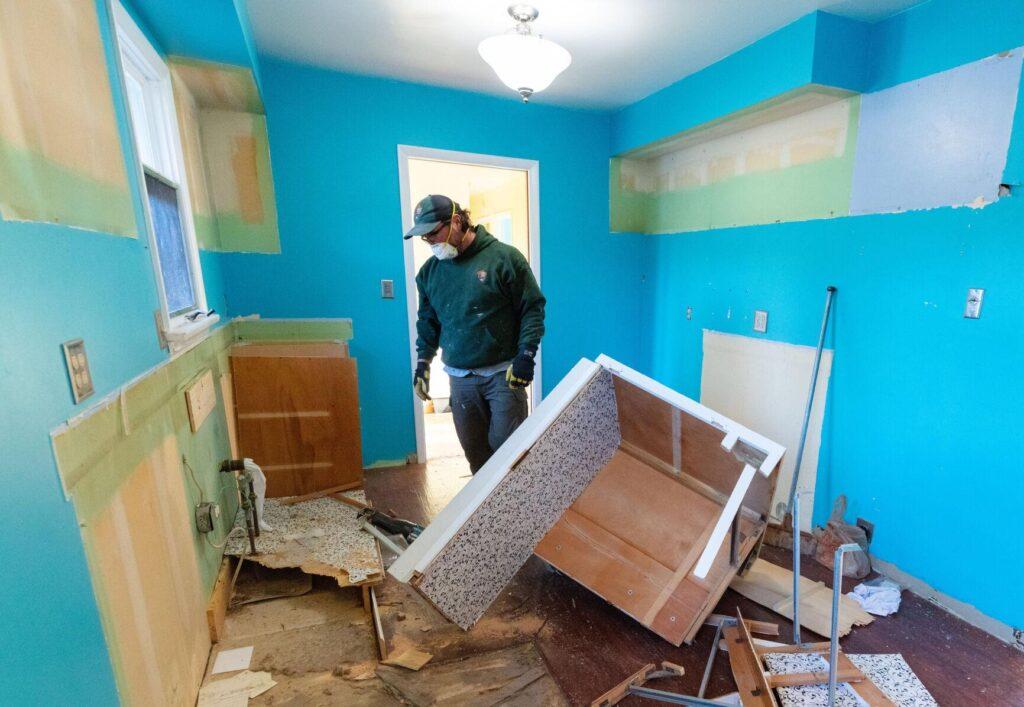
Jacob W. Frank, NPS
Improved Housing
One of the most notable improvements that wasn’t funded by GAOA, yet is probably the most appreciated by park employees, is housing upgrades that began in Yellowstone in 2020. Five locations in the park were identified for a $39 million investment that used modular homes to replace 65 aging trailers — some of which were 40 to 60 years old.
That was just phase one for housing upgrades. Phase two will remove another 31 outdated trailer houses, replacing them with modular homes, at a cost of $20 million.
Garder, of the National Parks Conservation Association, said attracting and retaining employees is one of the biggest problems national parks face. Between 2012 and 2022, he said the Park Service lost 13% of its workforce as there was a concurrent 10% rise in visitation. As workers had to take on additional duties, morale fell.
“Ensuring there is adequate housing and that it’s affordable is a huge focus for superintendents,” said Jeff Mow, who worked for the National Park Service for 34 years, retiring in 2021 after 10 years as superintendent of Glacier National Park. “Especially here in Montana, there’s very little housing to absorb seasonal workers.”
At the same time, Park Service assessments have estimated the economic benefits of national parks to surrounding states and communities. In 2022, the agency calculated park gateway communities saw $23.9 billion in spending by visitors and support for 314,600 jobs. For Yellowstone alone, visitor spending was determined to be more than $452 million.
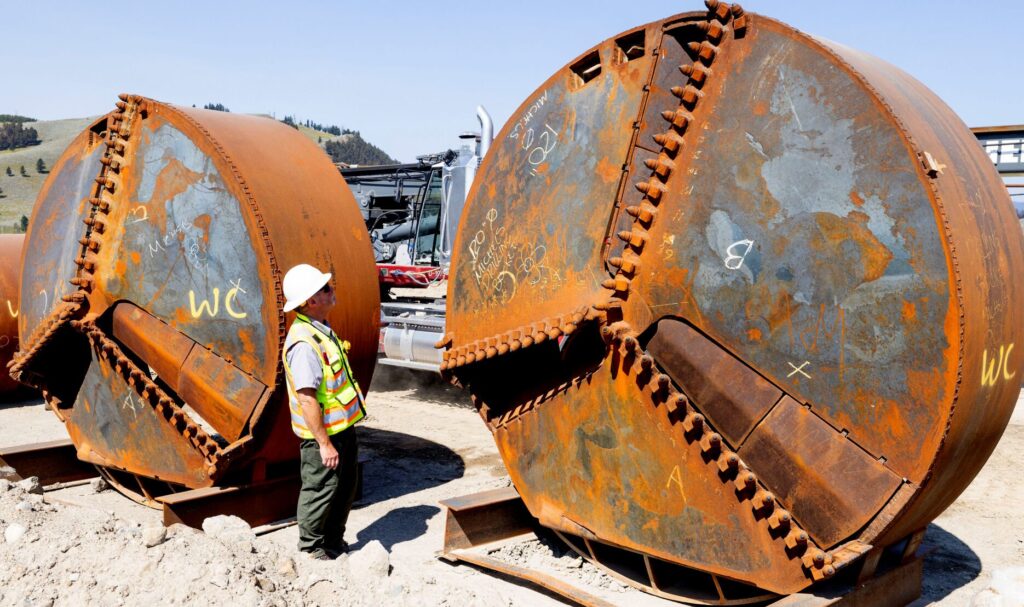
Jacob W. Frank, NPS
Looking Ahead
Although the Great American Outdoors Act will make a sizable dent in deferred maintenance on federal lands, to ensure more work is completed groups like the National Park Conservation Association are lobbying Congress to extend the funding.
“The Montana delegation was hugely supportive and important in securing funding to address the floods at Yellowstone and other natural disasters at parks around the country,” Garder said. “They were also critical in ensuring passage of the Great American Outdoors Act. Where their support is needed now is pushing for an appropriations bill that does not cut national park funding, as the House bill seeks to do, and support a new bill that will provide for another five years of the Legacy Restoration Fund.”
“It’s clear that five years of funding is not going to be enough to take care of all of the deferred maintenance,” Mow said.
Sholly said Yellowstone could never get to zero in maintenance needs just because of the numerous facilities. The key, he said, is ensuring the repairs most needed are completed.
Looking forward, Mow said one of the biggest issues the Park Service faces is adapting to climate change and the extreme conditions that accompany it, such as Yellowstone’s ferocious 2022 flooding.
“Having this legacy restoration fund will really help the park look at infrastructure and adapt to those changes and try to find designs and materials that can withstand greater extremes, or relocate facilities so they’re not subject to flooding as much, or erosion, those kinds of issues.”
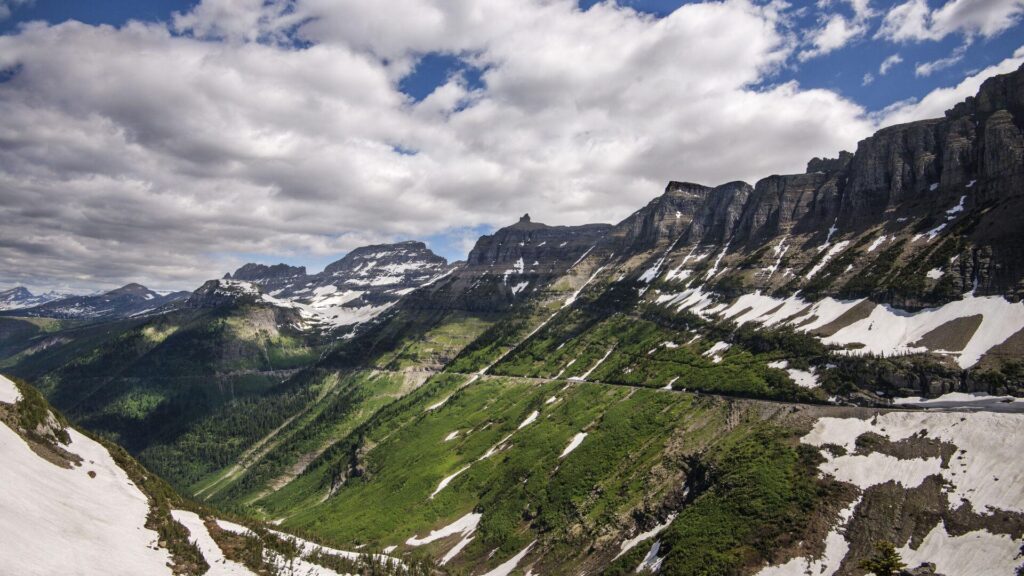
NPS Photo
Extreme Landscape
Subzero winters and heavy snow make Glacier, Yellowstone and Grand Teton national parks some of the harshest places when it comes to maintaining infrastructure like buildings and bridges.
“Even roads have a lot of wear and tear that comes with being buried under winter, especially with these freeze-thaw cycles that we seem to be seeing more of these days,” Mow said.
The short summers — sometimes complicated by wildland fires — also create a fleeting window for repairing such facilities, not to mention the difficulty of moving manpower and materials into a remote, mountainous region clogged with sometimes grouchy tourists driving narrow roads.
“Honestly, what I find fascinating about Glacier is that the visiting season is almost shorter than most of the visitor seasons in Alaska where I worked for 24 years,” Mow said. “The Going to the Sun Road is a very short season. We’re lucky to get it open in the middle of June. Oftentimes it’s early October when snow shuts it down. For Glacier in particular, that is the focal point for so much of its visitation.”
Considering these challenges, it’s extraordinary the gains national parks have seen in funding and completing several high-dollar projects in recent years.
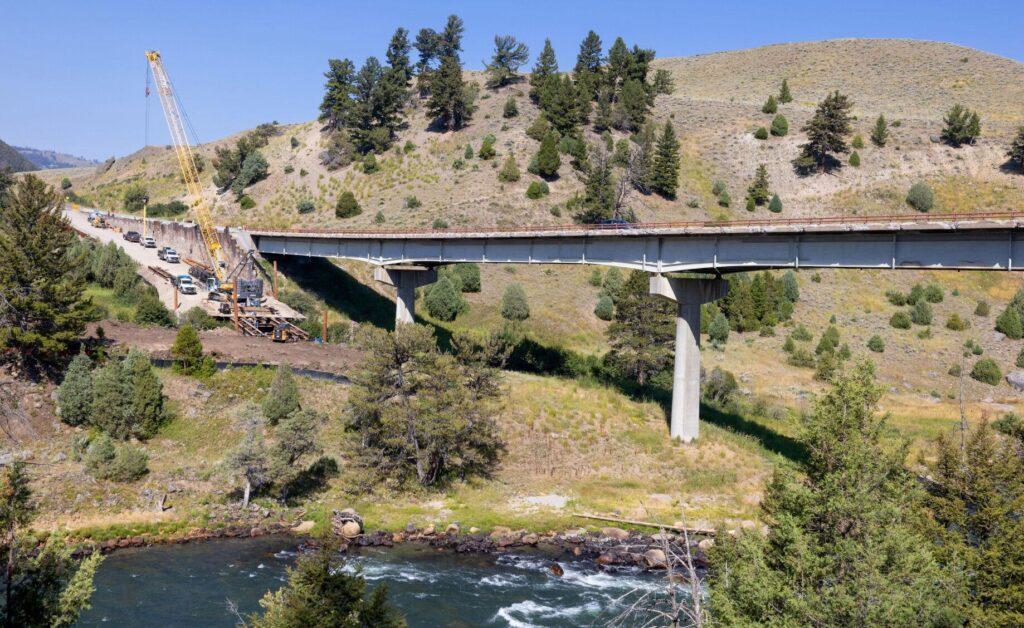
Jacob W. Frank, NPS

